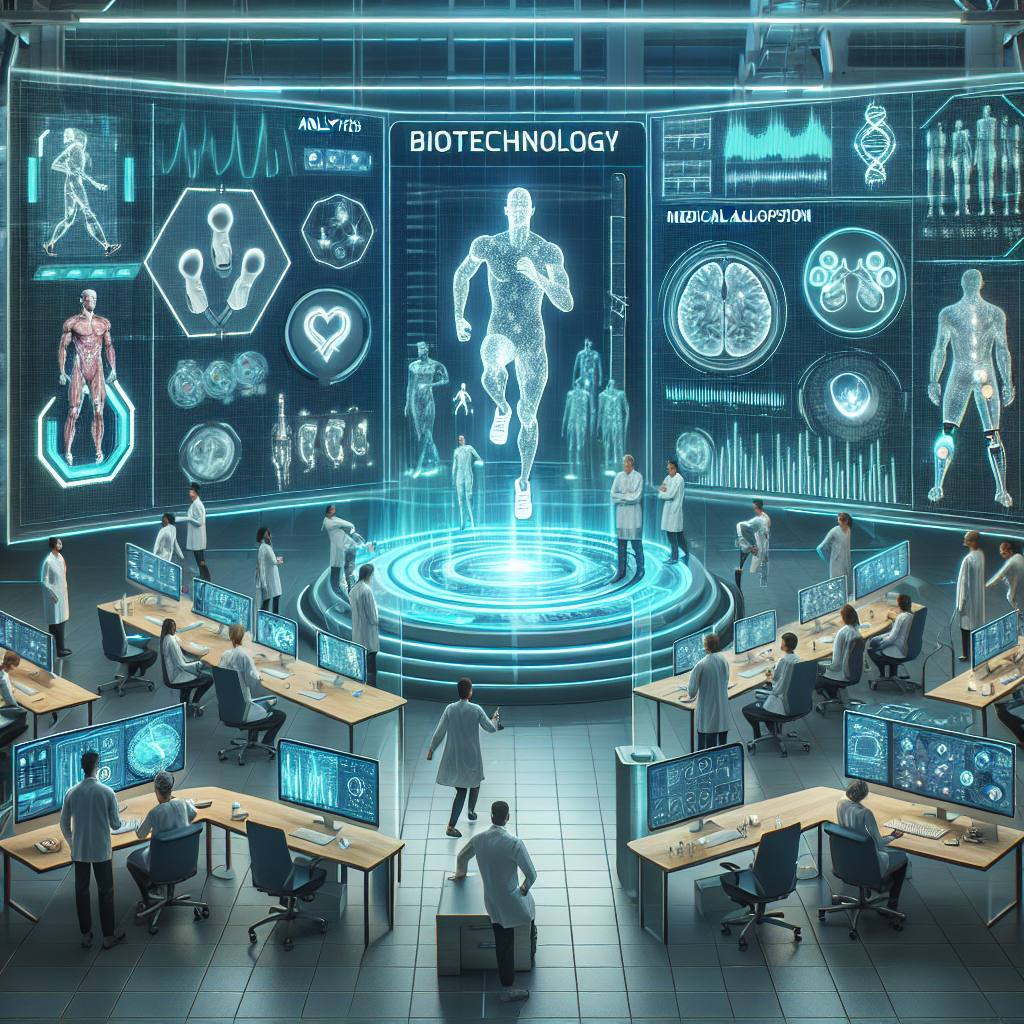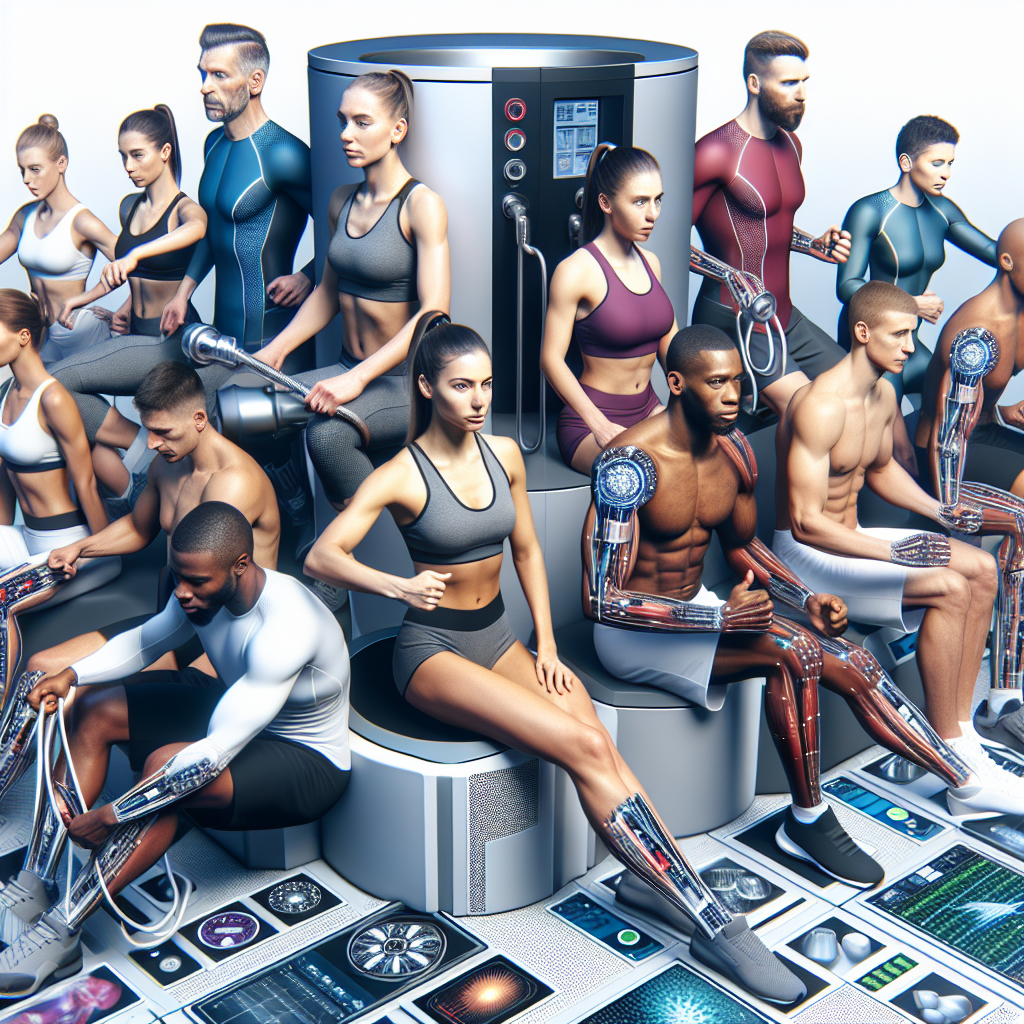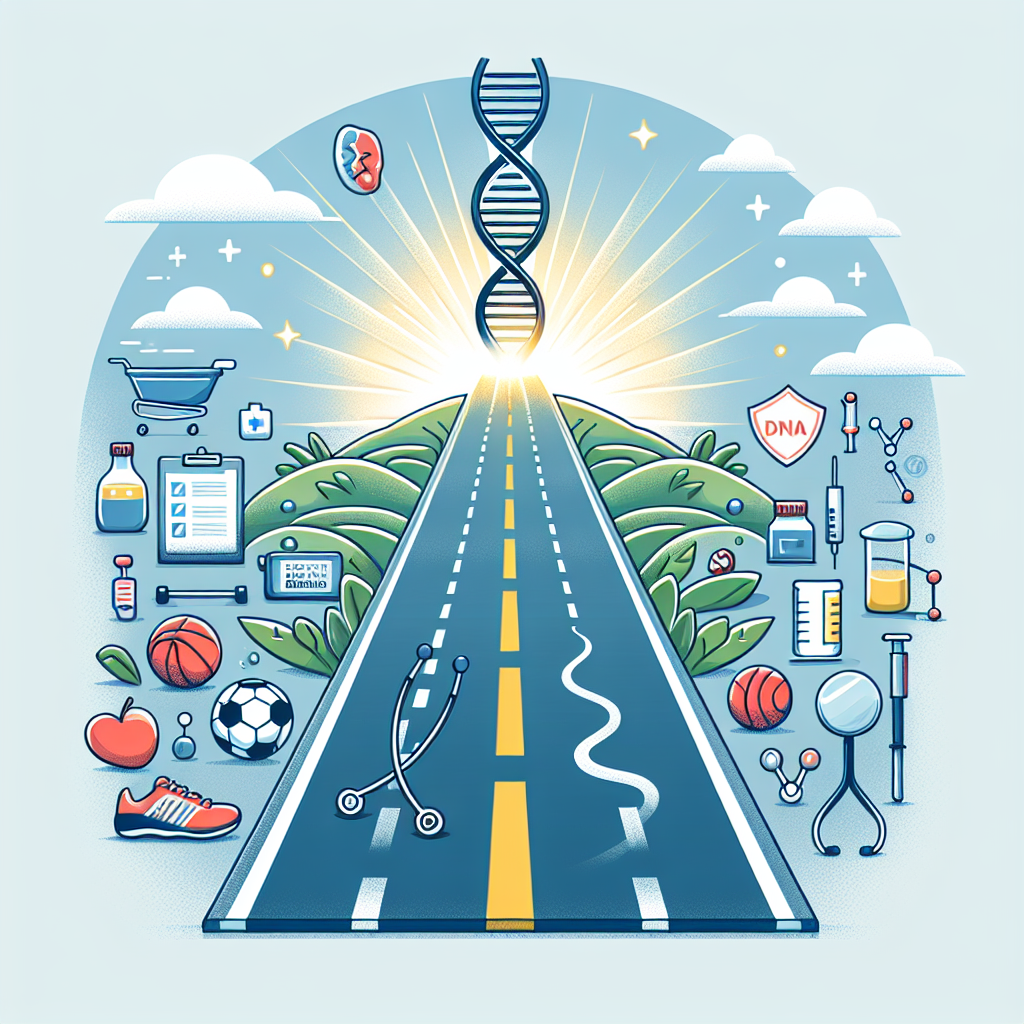There’s an undeniable revolution surging through sports medicine as a major technological breakthrough has been announced. In today’s digital age, the symbiosis of healthcare and technology is fast becoming imperative for improving patient outcomes.
Policy Overview
The core policy underlying this ground-breaking innovation revolves around harnessing advancements in biotechnology to enhance injury prevention, diagnosis, treatment and rehabilitation in athletes.

Historical Context
In reviewing history, we find constant efforts to improve sports medicine; from rudimentary therapeutic exercises in ancient civilizations to advanced physiotherapies made possible by our understanding of biology.
What the critics get wrong about
.
Critics argue that such rapid progress may render current practices obsolete or cause an over-reliance on technology. We believe these perspectives are short-sighted and fail to grasp how this revolutionary shift is poised to benefit all stakeholders involved.

We need only reflect on historical transformations brought about by advances such as surgical robotics or MRI scanners to appreciate its potential grandeur.
This discovery could significantly reduce healthcare costs while increasing productivity levels among players who would otherwise face career-threatening injuries. This represents substantial long-term economic benefits for both individuals and organizations involved in sporting disciplines.Social Consequences .
Potential social implications also deserve our attention. Expanding access to advanced therapies can democratize health care, reducing the prevalent gap between well-funded professional athletes and those amateur sports enthusiasts lacking appropriate resources.Implementation Challenges.
The road to integration is lined with numerous challenges. These range from securing adequate funding for research and development, training medical professionals in new technologies, to overcoming legislative hurdles that may impede smooth implementation.
Success Metrics.
To gauge the success of this policy we must measure tangible outcomes: decreased recovery periods; improved athlete functionality post-treatment; reduced recurrence rates of injuries and enhanced patient satisfaction levels.
We must also consider alternative methodologies merging traditional practices with technology. A holistic approach can help ensure sustainable improvements without losing touch with human aspects involved in healthcare provisions.
This breakthrough sets a precedent for future explorations within the domain. It shall open avenues for more targeted therapies like genetic editing or personalized medicine bringing us closer to an era where physical limitations are no longer significant barriers in sports progression.
Learning Opportunity
.
In conclusion, it’s clear how this grand advancement has potential implications far beyond sport-specific outcomes. Rather than resisting it as critics might suggest, we stand at a learning opportunity seeking ways to maximize its benefits while carefully addressing associated challenges.This journey represents an amalgamation of technological excellence and human resilience while paving way towards healthier futures for all.


